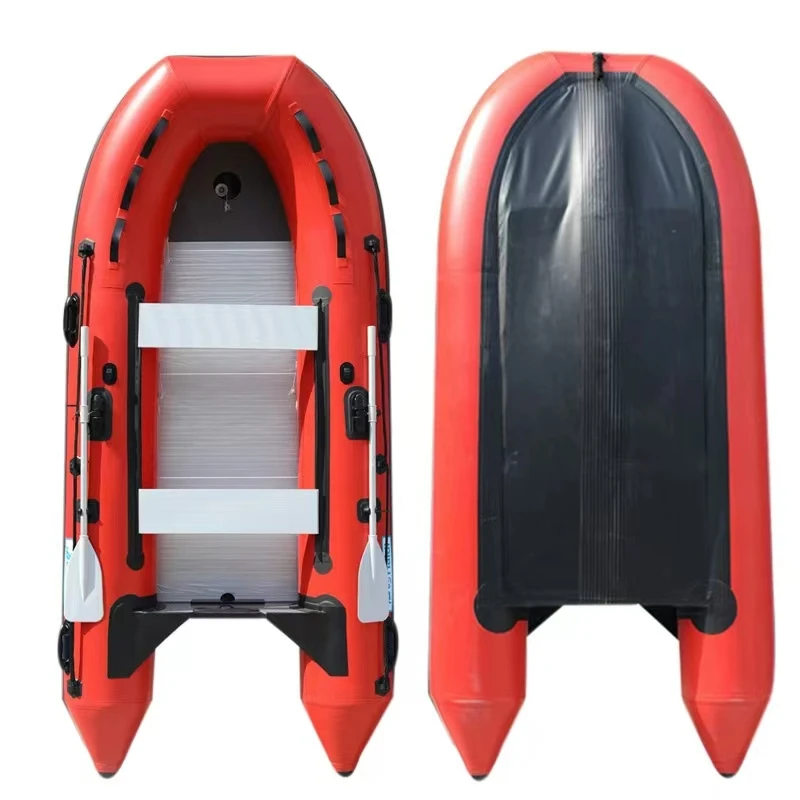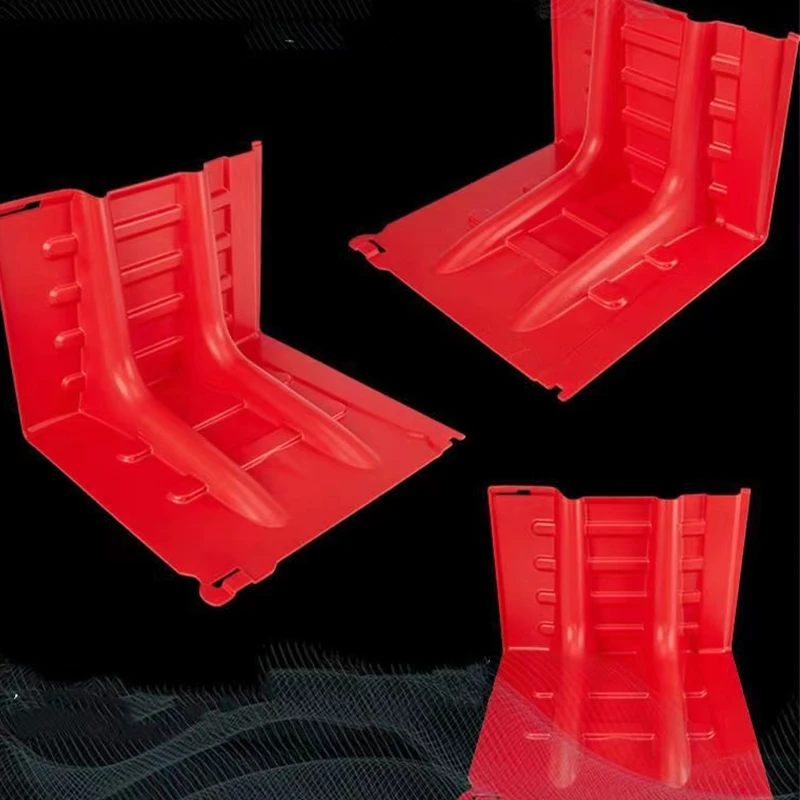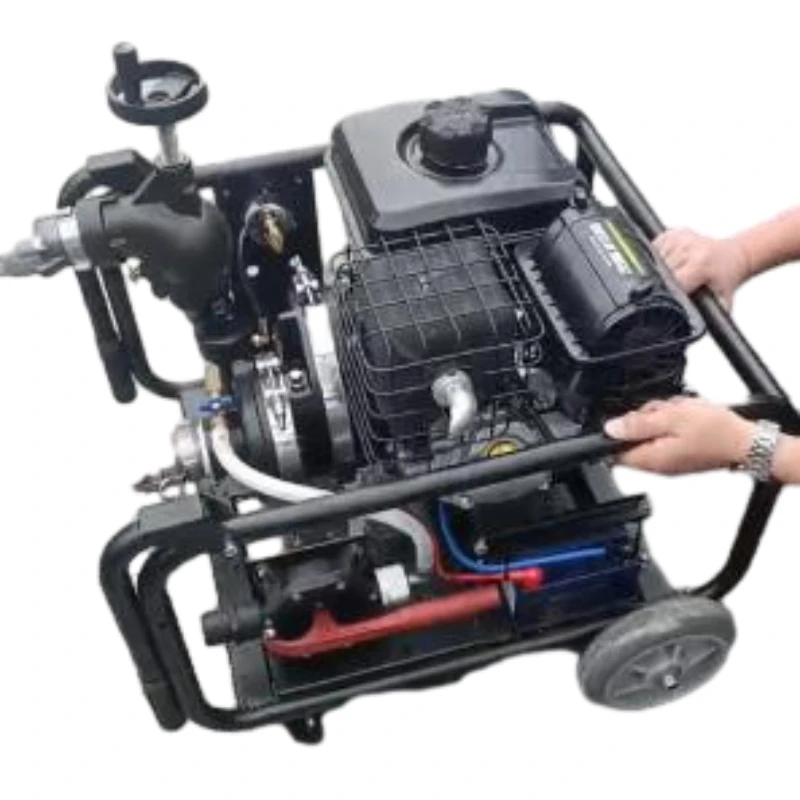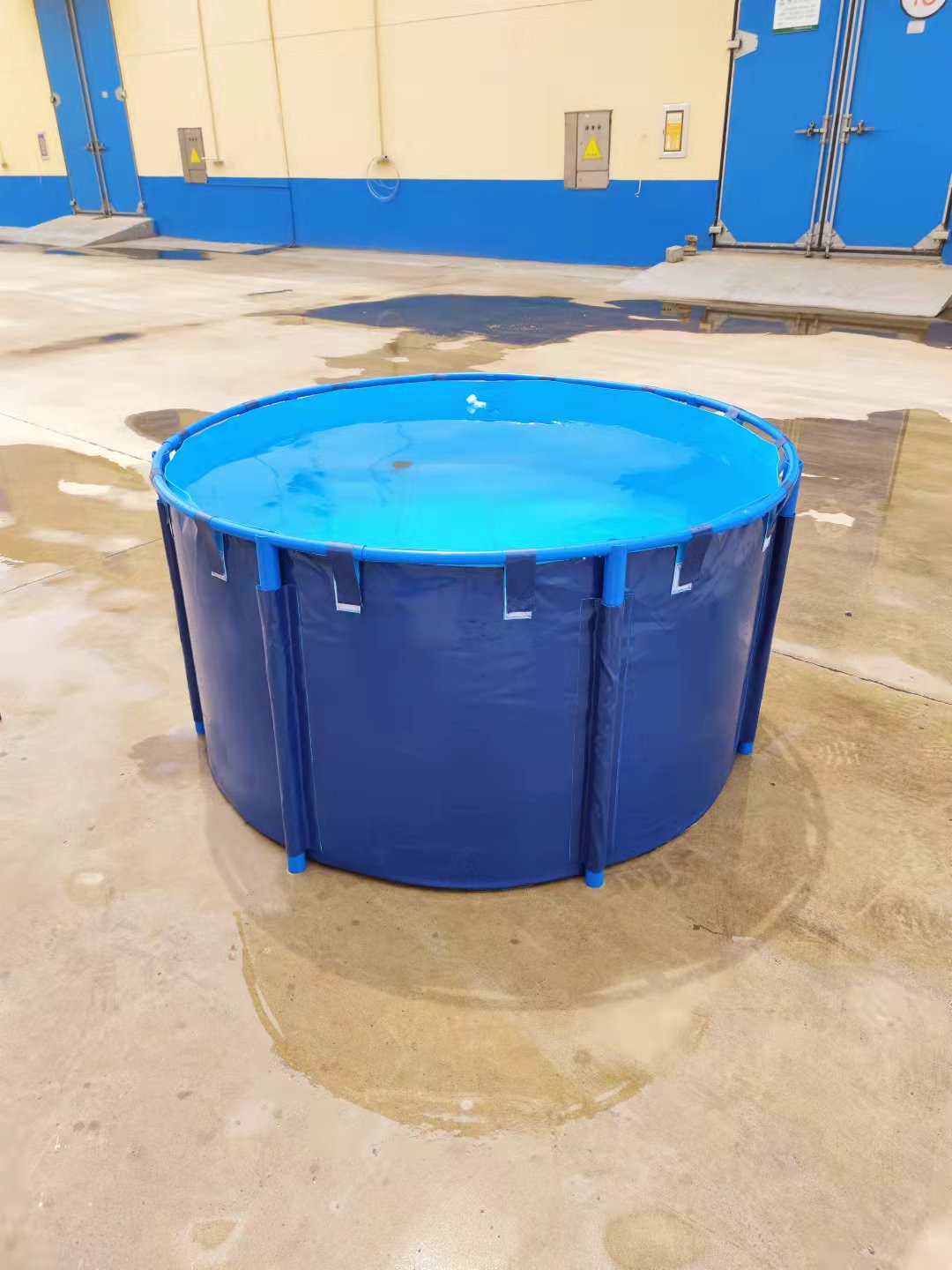High Pressure fire water Pump — field notes, specs, and real-world lessons
I’ve spent enough late nights on drill grounds to know: when a pump primes fast and holds pressure, crews notice. This unit, made in No.118 Youyi Street, Xinhua Dist., Shijiazhuang City, Hebei Province, China, leans on a single-cylinder, four-stroke engine—compact, not too heavy, stable performance, and surprisingly low noise. It throws water a long way and doesn’t fight the operator, which is honestly half the battle.

What’s new in high-pressure portable pumps
Two big shifts: lighter materials and better acoustic tuning. Departments are also asking for emissions-compliant engines, quick priming, and pressure stability for high-rise standpipe work and wildland long lays. Data logging is creeping in, too—operators want to see curves, not guess.

Core specs at a glance
Here’s a representative spec for the High Pressure fire water Pump (real-world use may vary by configuration and altitude):
| Engine | Single-cylinder, four-stroke, air-cooled |
| Displacement | ≈ 210–300 cc |
| Rated flow | ≈ 200–450 L/min @ 0.6 MPa |
| Max head | ≈ 90–110 m |
| Max pressure | ≈ 0.9–1.1 MPa |
| Inlet / Outlet | 65 mm / 50 mm (2.5" / 2") |
| Fuel tank / Runtime | ≈ 3.5–5.0 L / ≈ 2–3 h @ 50% load |
| Noise | around 78–84 dB(A) @ 7 m |
| Dry weight | around 22–32 kg |
| Materials | Hard-anodized Al alloy casing, bronze/Al impeller, carbon/ceramic seal |
| Priming | Engine-driven vacuum priming |
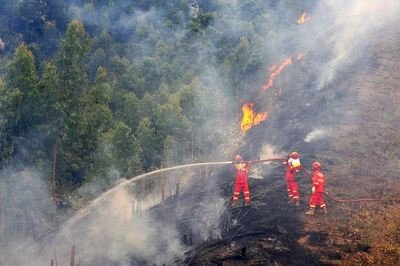
Where it fits
- Wildland hose lays and relay pumping over long distances.
- High-rise standpipe support and booster operations.
- Industrial sites—petrochemical, mining, utilities—where a compact, High Pressure fire water Pump is a simple redundancy.
- Municipal hydrant boosting during peak demand.
Many customers say the low noise is genuinely helpful for night ops. I’d add: the carrying frame is friendly on stairs—small thing, big deal.
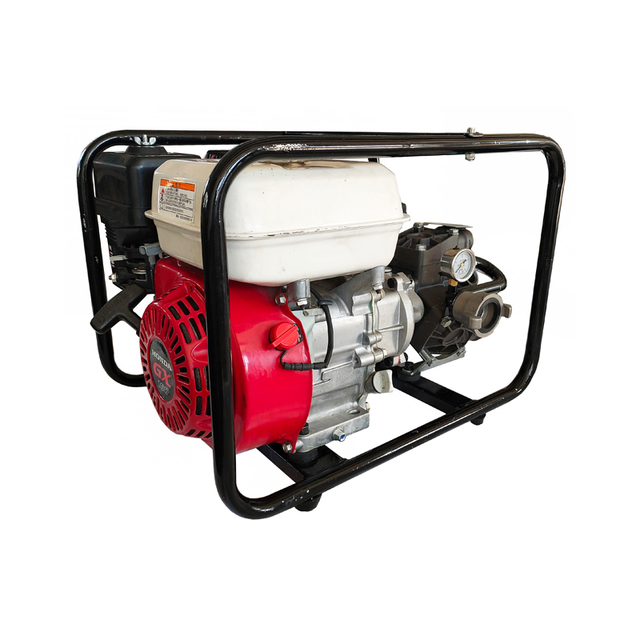
Process flow, testing, and service life
Materials are cut and CNC-machined; impellers balanced (ISO G6.3, typical); surfaces hard-anodized; epoxy topcoat for corrosion resistance. Assembly torque is verified digitally. Each unit is wet-tested to ISO 9906 (Grade 2B common) and hydrostatically checked at ≈ 1.5× rated pressure. Salt-spray per ASTM B117 is used on coated parts in sample lots. Run-in testing: ≈ 1 hour under stepped loads. With routine maintenance, service life is often > 2,000 engine hours and 5–8 years in mixed municipal/industrial use.
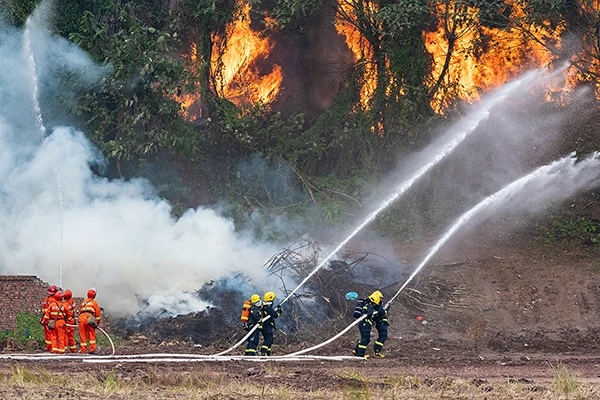
Vendor snapshot (quick compare)
| Vendor | Flow @ 0.6 MPa | Dry weight | Noise | Certs (indicative) | Lead time |
|---|---|---|---|---|---|
| FFW Fire Safety | ≈ 200–450 L/min | ≈ 22–32 kg | ≈ 78–84 dB(A) | ISO 9001, CE (model-dependent) | ≈ 3–6 weeks |
| Rosenbauer (portable) | ≈ 200–500 L/min | ≈ 25–34 kg | ≈ 80–86 dB(A) | CE, EN 14466 (select) | ≈ 4–8 weeks |
| Darley (portable) | ≈ 190–450 L/min | ≈ 24–33 kg | ≈ 79–86 dB(A) | UL 448 (select), CE | ≈ 3–8 weeks |
| Tohatsu (portable) | ≈ 200–520 L/min | ≈ 23–30 kg | ≈ 78–85 dB(A) | CE, EN 14466 (select) | ≈ 4–10 weeks |
Notes: indicative values from public literature and field observations; always check current datasheets.
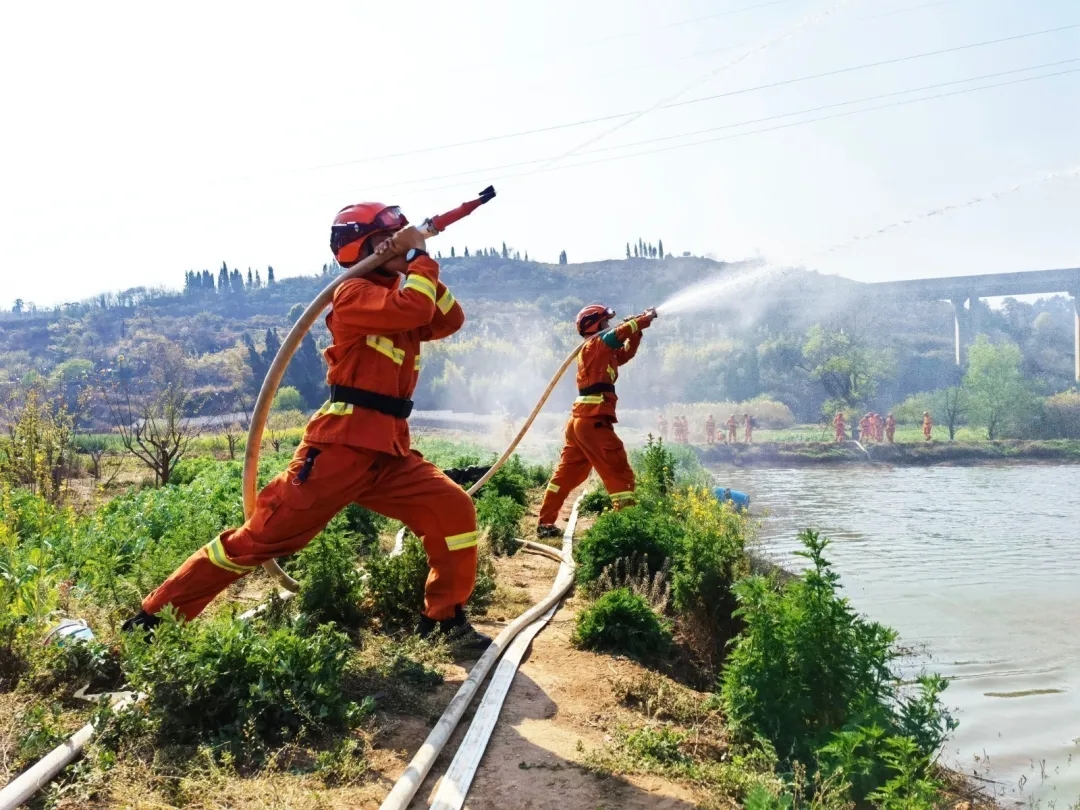
Customization and options
- Outlet threads: NH, BSP, Storz; 1 or 2 outlets.
- Electric start, hour meter, pressure gauge kit, carry frame with anti-vibration feet.
- Corrosion package: stainless fasteners, marine-grade coating.
- Emission-compliant engines (region-dependent), spark arrestor for wildland.
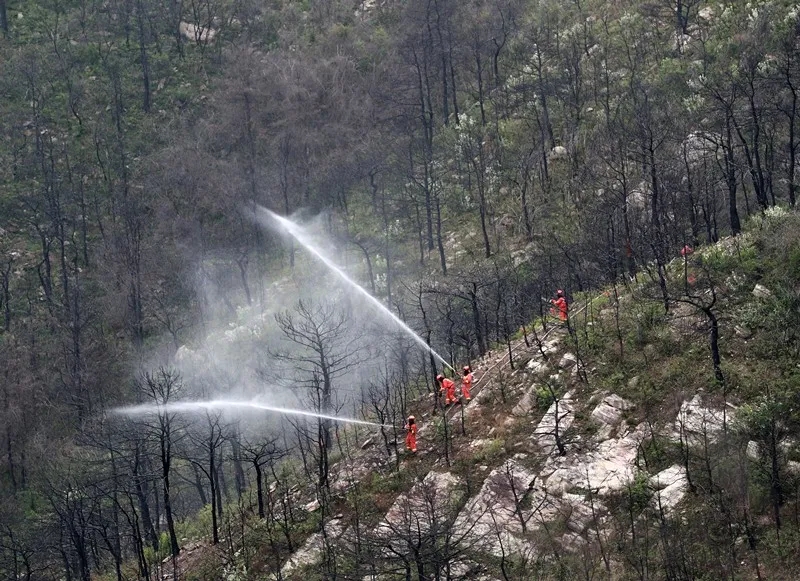
Case notes from the field
Rural relay, 1.2 km lay: Two units of the High Pressure fire water Pump in series held ≈ 0.75 MPa at the nozzle with 51 mm hose; prime time under 15 s. Operators reported “steady pressure, low fatigue.”
Chemical plant standby: Weekly test curves logged per ISO 9906 guidance showed ±4–6% repeatability over 12 weeks, which is decent for a portable.
Compliance, references, and what to check
Ask for factory test sheets (head/flow points), a hydrostatic certificate, and—if applicable—EN 14466 or UL 448 model evidence. For installation/ops, reference NFPA and local codes; for performance acceptance, ISO 9906 is the usual yardstick.
- NFPA 20: Standard for the Installation of Stationary Pumps for Fire Protection.
- ISO 9906: Rotodynamic pumps—Hydraulic performance acceptance tests.
- EN 14466: Firefighting pumps—Portable—Safety and performance.
- UL 448: Pumps for Fire-Protection Service.
- ASTM B117: Standard Practice for Operating Salt Spray (Fog) Apparatus.









